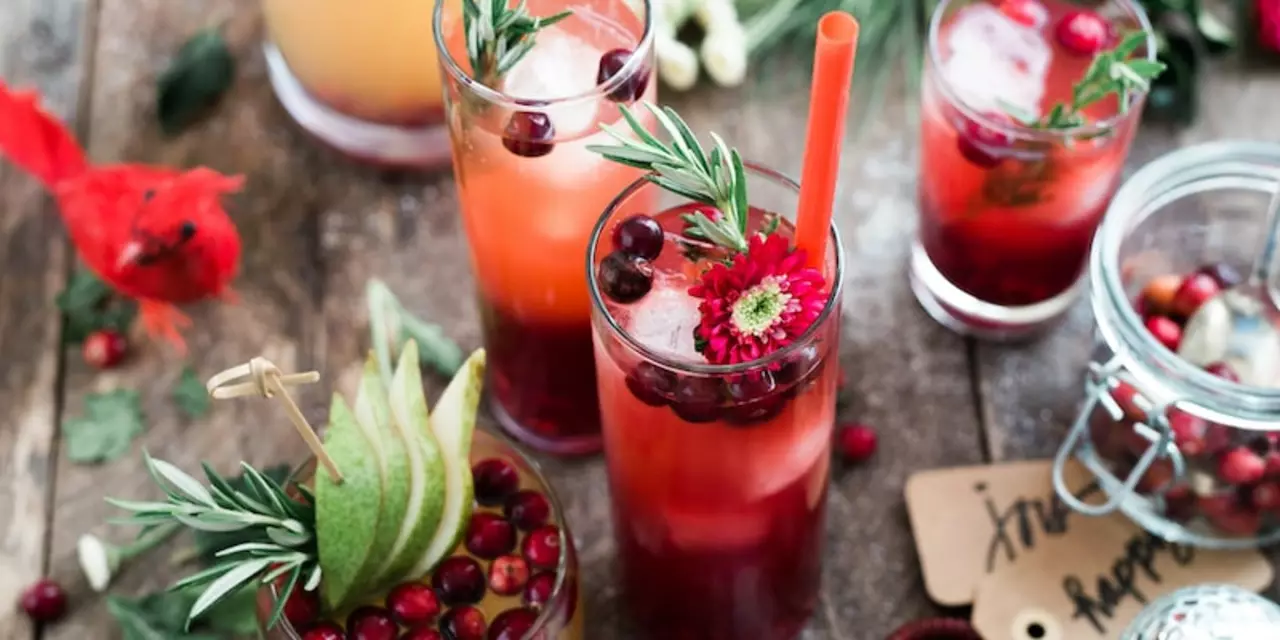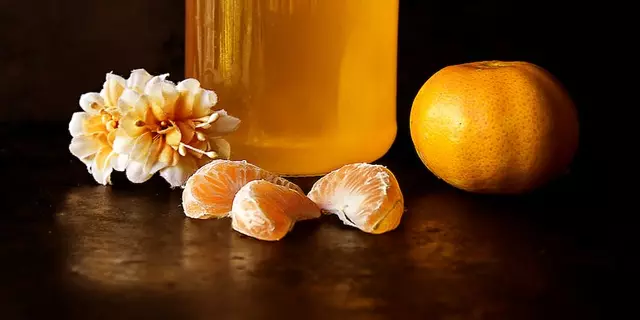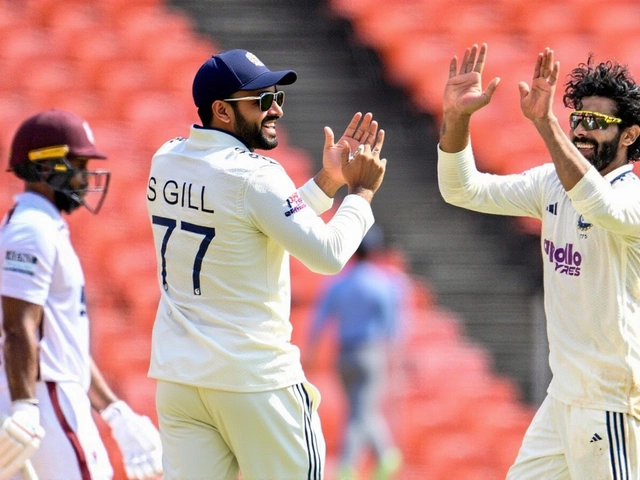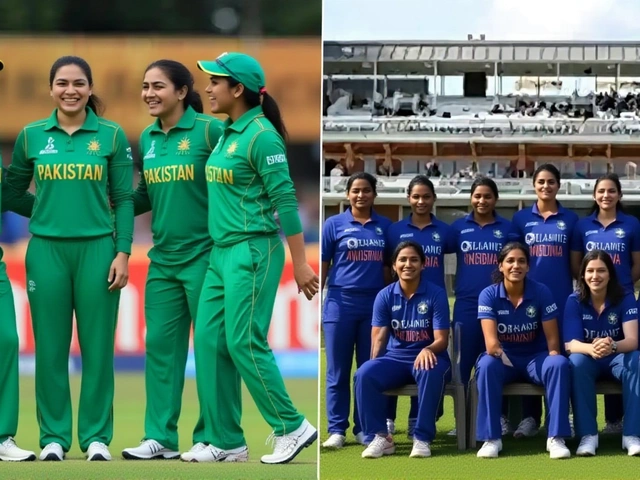Exploring the Traditional Cuisine of India's Poor: A Look at the Staples of a Low-Income Diet
In India, the average person lives on a relatively low income. This means that the cuisine of the country’s poor is often quite different from that of the more affluent members of society. While Indian food is often associated with rich, creamy curries and fragrant spices, the food of the poor is far simpler and more basic.Roti, a type of flatbread, is a staple of the Indian poor. It is often made from wheat, with some variations utilizing other grains like millet. Roti is served with a variety of curries, dals, and vegetables. It is a cheap and filling food that can be easily prepared at home.
Another staple of a poor Indian diet is dal, a type of split peas that is cooked with spices, onions, and garlic. Dal is usually served with rice or roti. It is a nutritious and filling dish that is also inexpensive.
Rice is another important part of a low-income Indian diet. It is often served with curries, vegetables, and dal. Rice is a relatively inexpensive food and is a great source of carbohydrates and energy.
A variety of vegetables are also important in a poor Indian diet. These can include potatoes, onions, cauliflower, and peas. They are usually cooked with spices and served with rice or roti. Vegetables are a cheap source of vitamins and minerals and are a great way to make a meal more filling and nutritious.
Finally, a poor Indian diet often includes eggs and dairy products. Eggs are a great source of protein and can be cooked in a variety of ways. Dairy products, such as milk and yogurt, are also important for providing essential nutrients.
The traditional cuisine of India’s poor is often overlooked in favor of the more exotic dishes associated with the country’s wealthier citizens. However, it provides a cheap and nutritious source of sustenance. Roti, dal, rice, vegetables, eggs, and dairy products are all staples of a poor Indian diet and can be easily cooked at home.
How the Poor in India Manage to Eat Well on a Tight Budget
The typical food of a poor Indian is often considerably different from that of the wealthier classes, due to the limited resources available. Poor Indians often rely on simple, nutrient-dense foods such as grains, vegetables and legumes to feed their families.For many years, the most basic and affordable meals for Indians have been vegetarian. Poor families have learned to make the most of what little they have, stretching their ingredients and relying heavily on pulses, rice and wheat to make nutritious and filling meals. This often involves boiling pulses and grains together to make a thick porridge or adding vegetables and herbs to rice to create a variety of dishes.
Poor families are also increasingly relying on cheaper, local ingredients such as millets, sorghum and maize. These grains, which are grown in small-scale farms and can be easily sourced at local markets, are often much cheaper than rice and wheat, and are therefore much more accessible to poor Indians.
In addition, many poor families are turning to foraging to supplement their diets. This involves gathering wild plants, fruits and nuts, which can provide a valuable source of vitamins and minerals. This is especially beneficial in areas where agricultural land is limited and fresh produce is difficult to come by.
Finally, poor families are often turning to home gardening as a way of supplementing their diets. Growing fruits, vegetables and herbs in their own backyards can help to provide an additional source of food, and can also help to reduce the family’s overall food costs.
Overall, poor Indians are doing their best to make the most of their limited resources, and to ensure that their families have access to nutritious food. By making the most of local ingredients and foraging, as well as growing their own produce, poor Indians are managing to eat well on a tight budget.
Traditional Dishes of India's Poor: A Cultural Exploration of Low-Cost Meals
It’s estimated that more than a quarter of India’s population lives in poverty. In a country of 1.3 billion people, that’s a staggering number of people who need to make do on a very limited budget. So what types of food do India’s poor eat?The answer is as varied as the diverse cultures of India itself. In general, the traditional dishes of India’s poor are made from inexpensive staples such as rice, wheat, and lentils. Common dishes include dal (lentil stew), chapati (unleavened flatbread), and sabji (vegetables cooked in a sauce). These dishes are often served with chutney or pickles to add flavor.
In addition to these staples, India’s poor also often consume wild foods such as greens, roots, and nuts. In some rural areas, wild game such as deer or wild boar may also be eaten.
The traditional meals of India’s poor are often cooked in a tandoor, a clay oven. This is done to conserve fuel, as the tandoor is more efficient than a stove. The tandoor is also used to cook naan (a type of bread) and other dishes.
The meals of India’s poor reflect the culture and traditions of the region in which they live. In some areas, dishes such as biryani (a spiced rice dish) are popular, while in other regions, dosas (lentil and rice pancakes) are more common. In the south of India, curry is popular, while in the north, dishes such as aloo gobi (potato and cauliflower) are popular.
The traditional dishes of India’s poor are simple, yet full of flavor. They provide a nutritious meal that can be prepared quickly and economically. It’s a reminder of the resilience of the Indian people, who have been able to create delicious meals from humble ingredients.






Written by Aarav Srinivasan
I'm Aarav Srinivasan, an expert in information services, media, and public relations. I have a passion for connecting with people and sharing stories that matter. My interests lie in exploring Indian life, culture, and news, which I write about extensively. I strive to bring attention to the diverse perspectives and experiences of the Indian community. My mission is to create meaningful connections through the power of storytelling and media.
All posts: Aarav Srinivasan